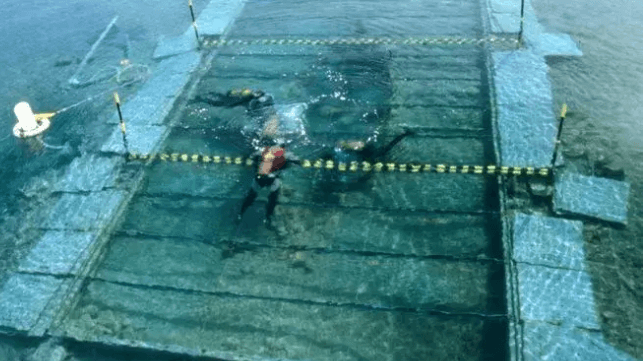Spanish Archaeologists Seek to Raise Ancient Phoenician Wreck

Archaeologists from the University of Valencia are laying the groundwork to raise the wreck of an ancient Phoenician lighter, the 2,700-year-old vessel known as the Mazarron II.
When it was discovered in 1995, this boat changed the modern understanding of ancient Mediterranean shipbuilding techniques. The wooden wreck was remarkably intact after two and a half millenia, and well protected by overgrowth and sediment.
At the time of the boat's discovery, the research team was already busy excavating another nearby find. In 1999-2001, researchers returned to the shallow site to fully excavate the boat and remove its cargo, including lead ingots, ropes, an amphora and a wood-and-lead anchor. These artifacts were priceless finds: they provided the first physical evidence of Phoenician shipping practices in Spain, as well as the first known use of constructed anchors.
The archaeologists left the fragile vessel itself on the bottom in hopes of avoiding damage to its structure. A faithful replica was created and put on display in Spain's underwater archaeology museum so that the public could still interact with the historic find.
The achaeologists who conducted the initial excavation encased the wreck in sandbags and a metal shell to protect it from the elements, but this strategy has now run its course, according to experts from the University of Valencia. The metal structure subsided and threatened to crush the wreck, so it had to be partially dismantled. The odds of storm damage at the shallow site are too high, and the Spanish government, the province of Murcia and the university are working together to formulate a preservation plan.
The first step was to conduct an intensive two-week survey of the vessel to create a baseline for its current condition and look for ways in which it could be safely moved. That process is complete, and the team is now working on codifying a rescue plan.
"It is more reasonable to rescue the ship, treat it and exhibit it in a museum for people to enjoy it, rather than worrying every time a big storm arrives," archaeologist Carlos de Juan told Reuters.
